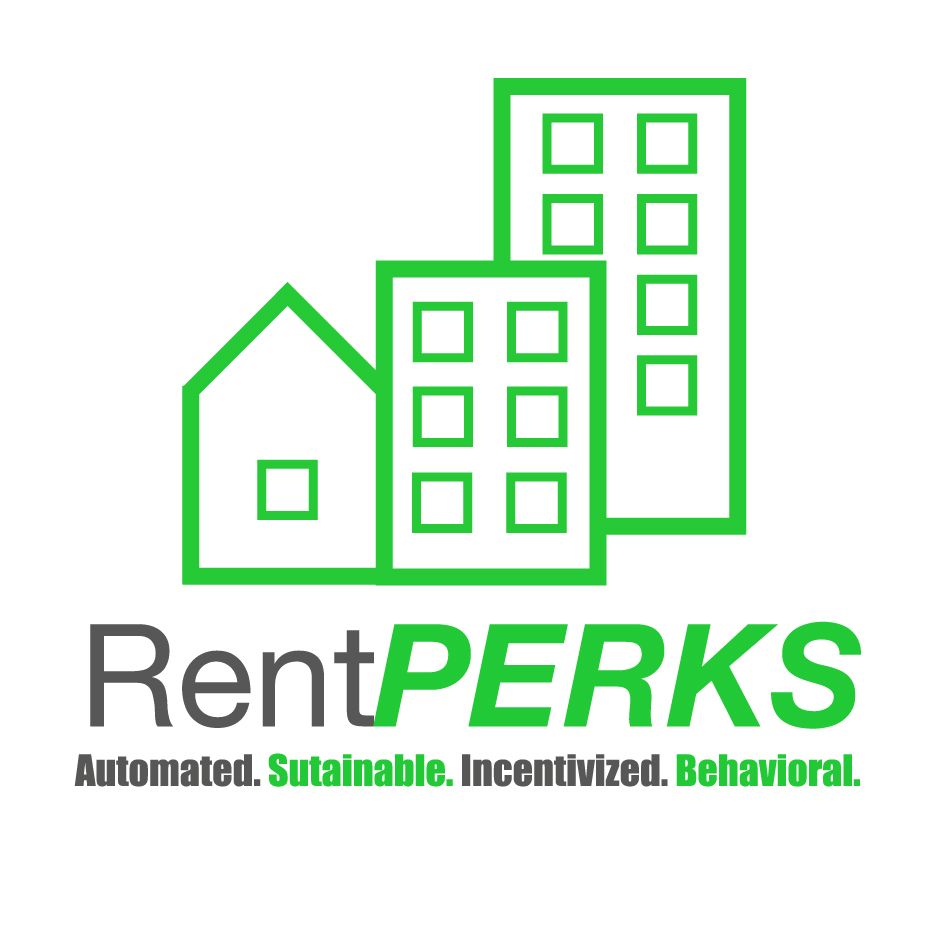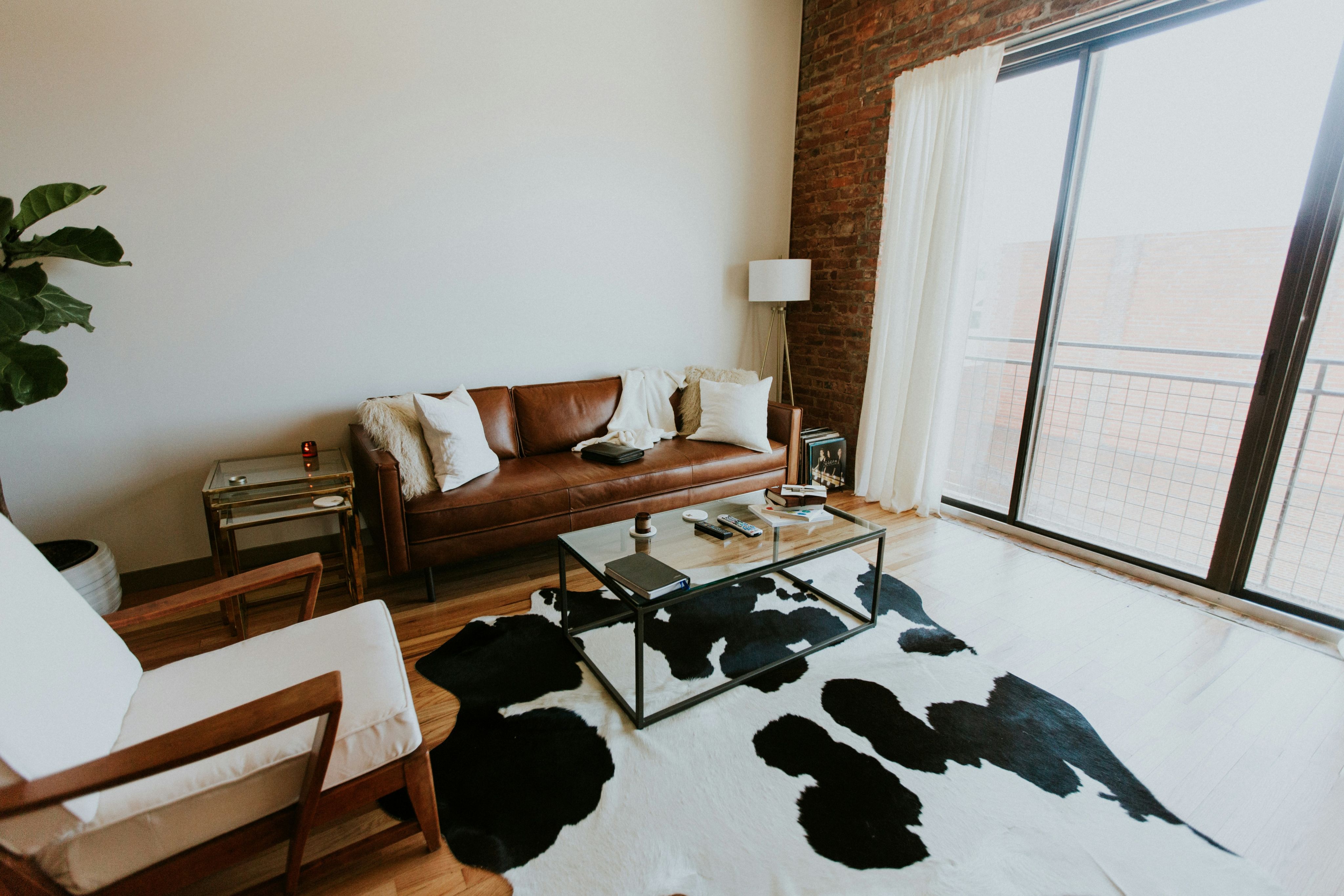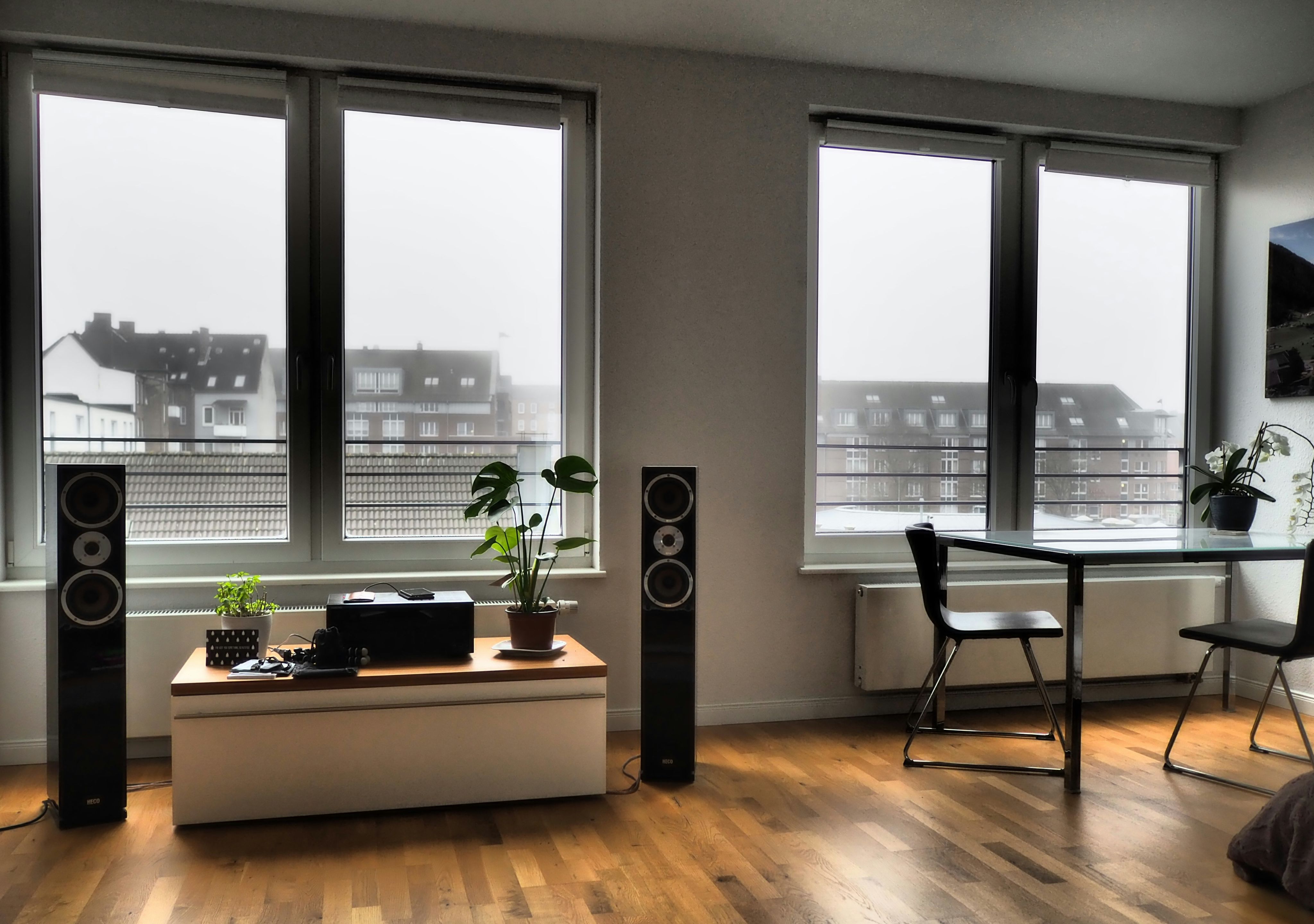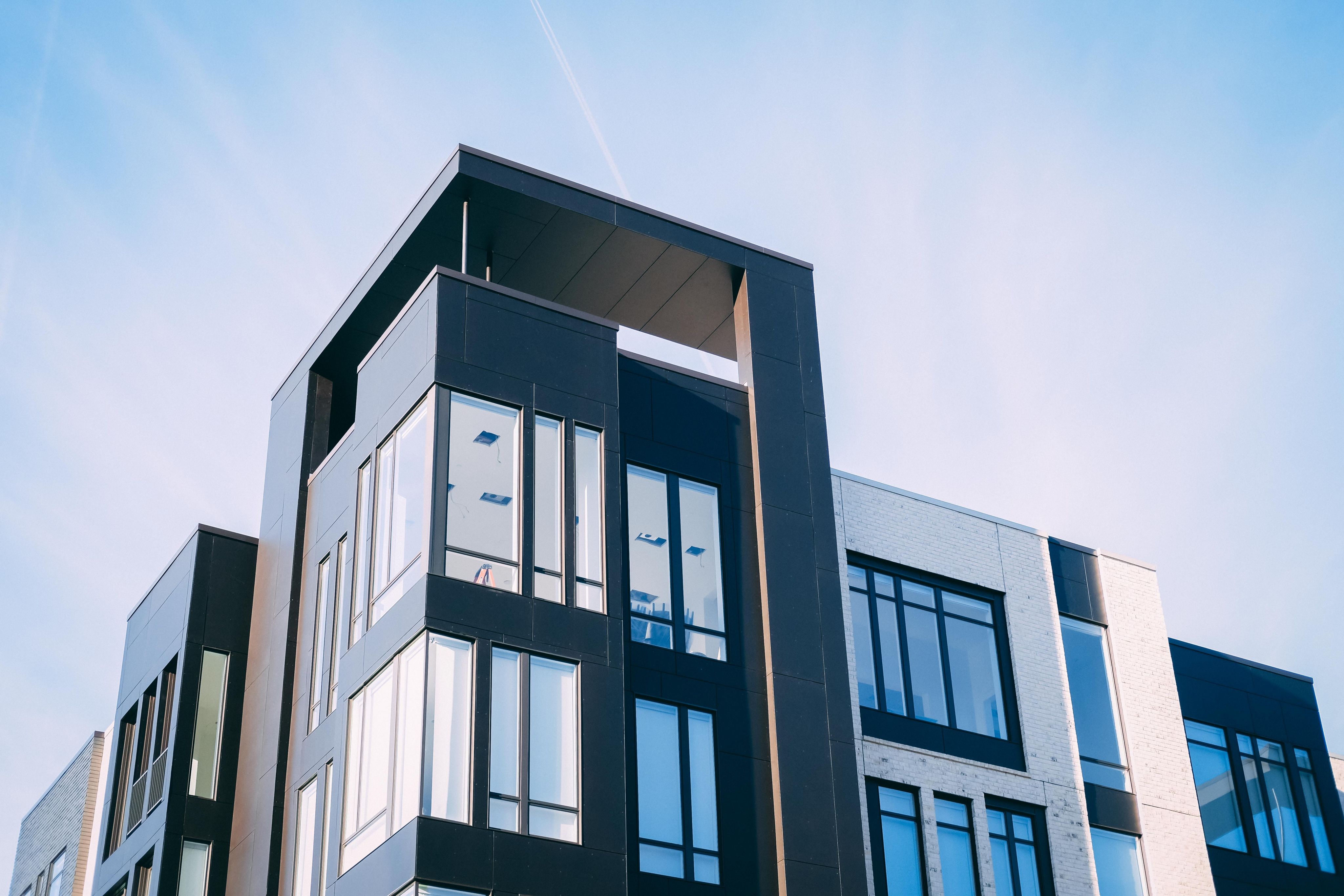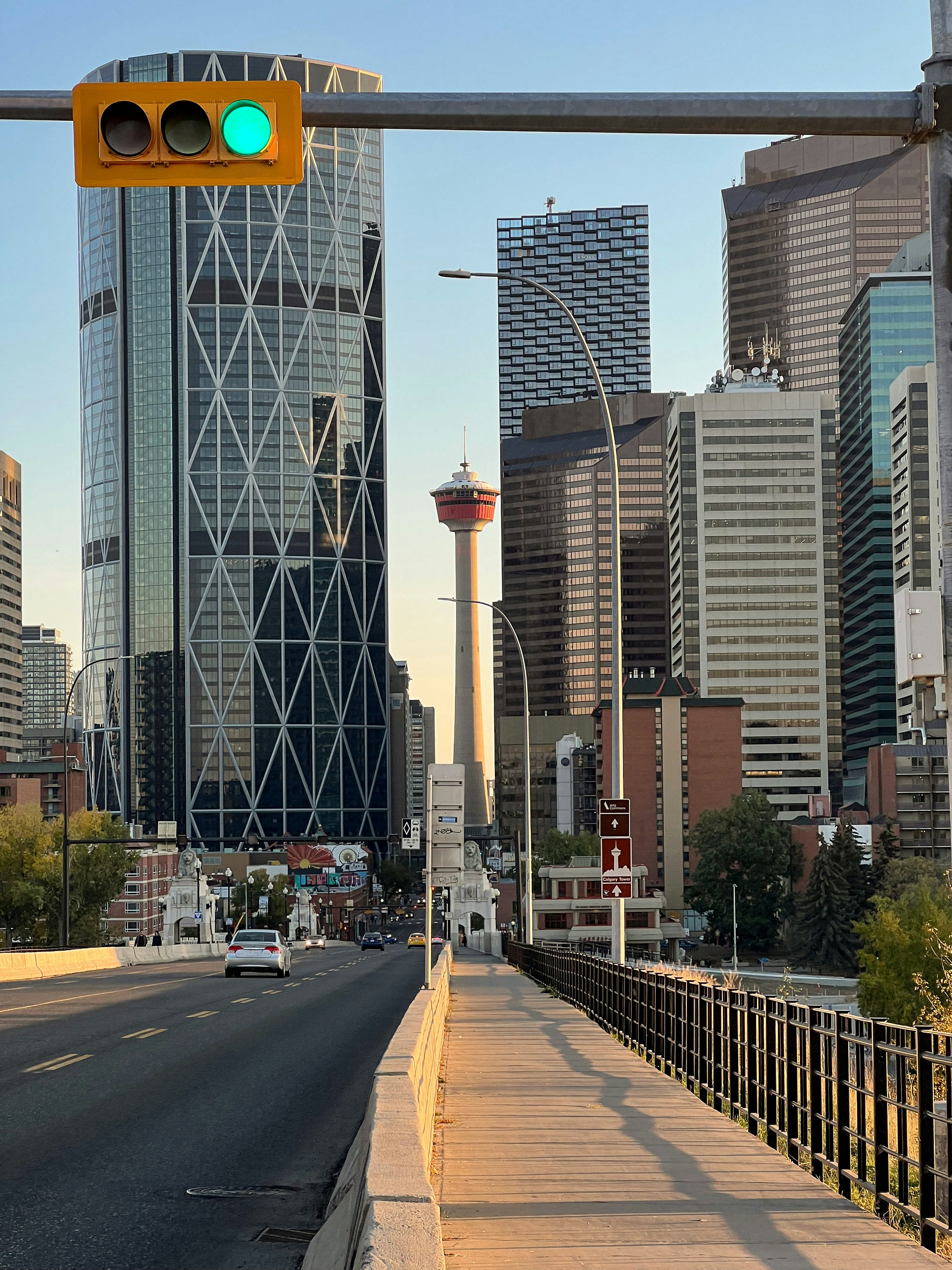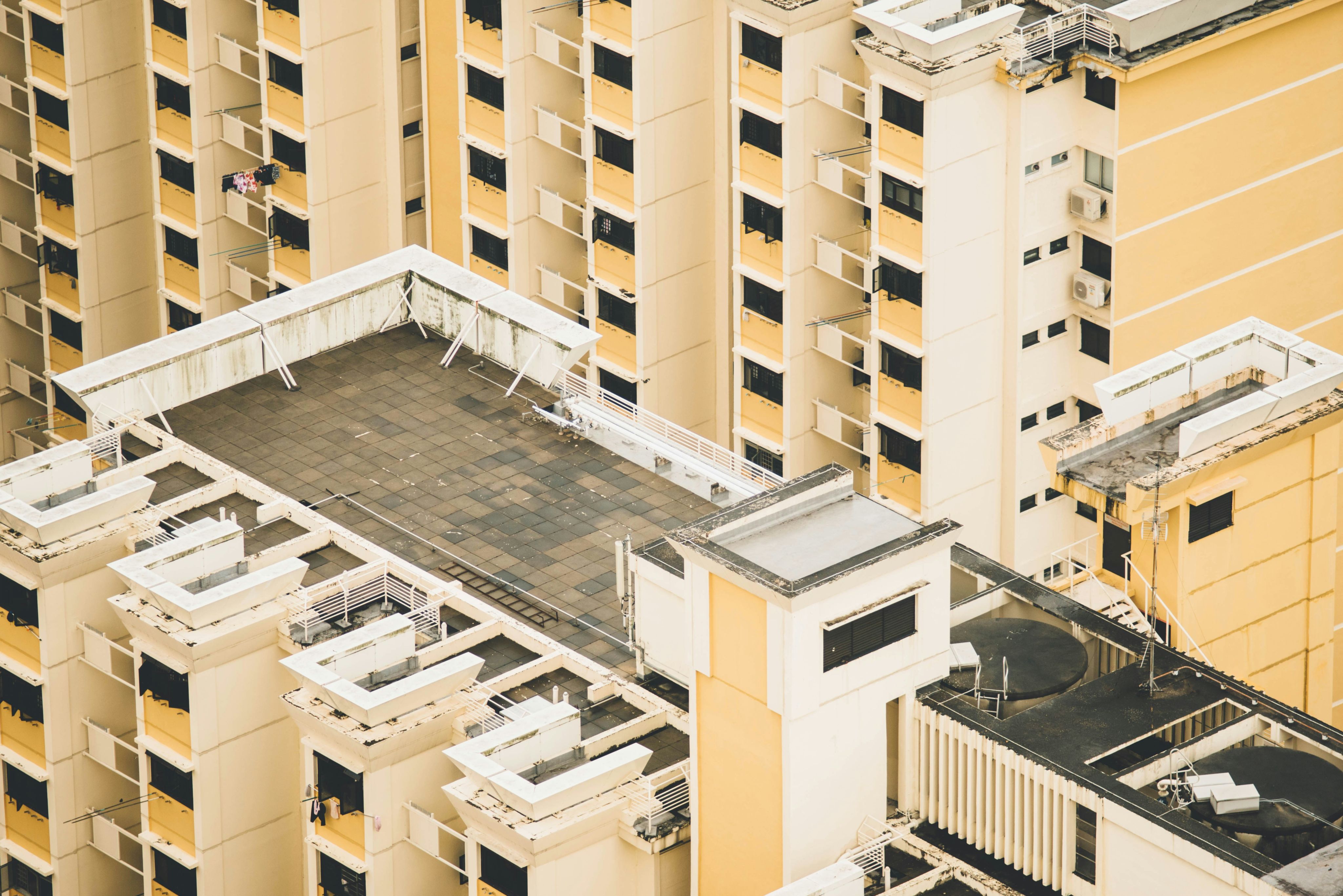Understanding Diverging Trends in Vacancy Rates and Tenant Demand: Why Older Multifamily Assets Outperform Newer Buildings
A RentPERKS Q1 2025 research digest
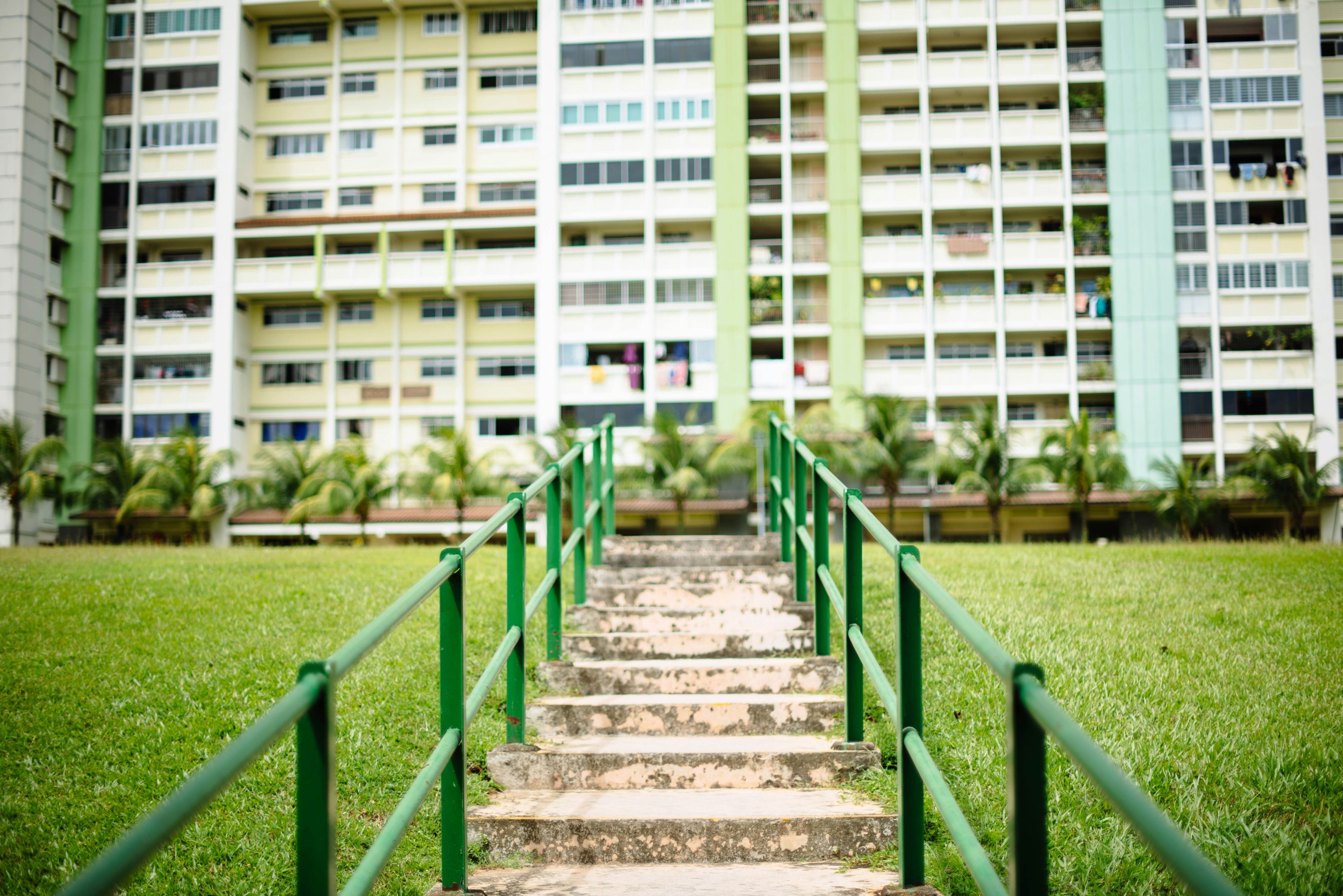

The multifamily housing market is experiencing a curious trend: older assets are consistently outperforming newer builds in terms of occupancy rates. This discrepancy stems from several intertwined factors, including economic pressures, tenant preferences, and operational efficiencies. By dissecting these dynamics and exploring how innovative platforms like RentPERKS are addressing the gaps, we can uncover actionable insights for landlords and developers alike.
Economic Pressures and Tenant Preferences
Economic uncertainty has reshaped tenant behavior. Rising inflation, interest rates, and wage stagnation are leading tenants to prioritize affordability over modern amenities. Older multifamily properties, often with lower rents than new builds, cater to this demand. For example, a study by the Canada Mortgage and Housing Corporation (CMHC) found that Class B and Class C buildings had higher occupancy rates than their Class A counterparts in major markets like Toronto and Vancouver.
Key factors driving this trend include:
Photo by Hannah Busing on Unsplash
Photo by Hannah Busing on Unsplash
Photo by Norbert Levajsics on Unsplash
Photo by Norbert Levajsics on Unsplash
Photo by Roxanne Joncas on Unsplash
Photo by Roxanne Joncas on Unsplash
Photo by Luke van Zyl on Unsplash
Photo by Luke van Zyl on Unsplash
Photo by Jason Leung on Unsplash
Photo by Jason Leung on Unsplash
Operational Efficiencies in Older Assets


Older buildings tend to operate with leaner management models. Owners often focus on maintaining essential services rather than introducing costly upgrades. This allows them to maintain competitive rents and attract budget-conscious tenants. Moreover, longer tenant tenure in older properties reduces turnover costs and creates a stable revenue stream.
Case in point: It was reported that in Calgary a 12% lower vacancy rate existed in buildings over 20 years old compared to newly constructed properties. The ability to keep rents reasonable while meeting basic tenant expectations was the primary reason for this success.
Photo by Nataliia Kvitovska on Unsplash
Photo by Nataliia Kvitovska on Unsplash
"It's not a field of dreams. A developer or builder must further understand the demographic information of an area during design from a long-term feasibility study to ensure proper allocation of development costs go toward asset amenities, etc. that will not only generate initial returns. But, consistently maintain them."

Photo by Derek Torsani on Unsplash
Photo by Derek Torsani on Unsplash
Photo by CHUTTERSNAP on Unsplash
Photo by CHUTTERSNAP on Unsplash
Challenges Facing Newer Multifamily Buildings
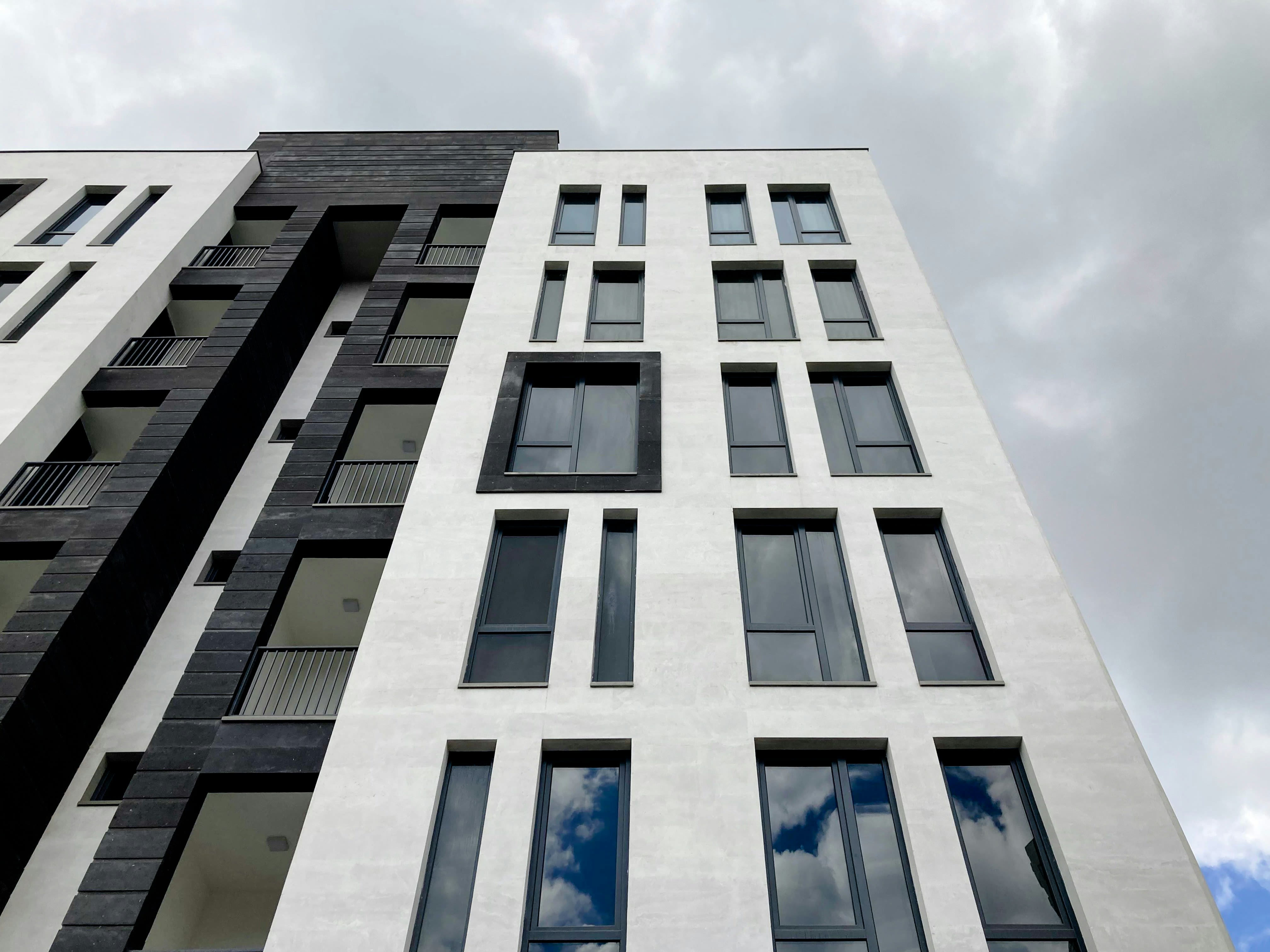

Despite their modern appeal, newer buildings face significant hurdles in achieving stable occupancy:
High Rental Premiums: The cost of construction, coupled with luxury amenities, forces landlords to charge higher rents, alienating cost-sensitive renters.
Overemphasis on Amenities: While features like gyms, pools, and co-working spaces attract initial interest, they do not guarantee long-term tenant retention if rents are unaffordable.
Delays in Stabilization: New builds often require extended lease-up periods to achieve optimal occupancy levels, leading to revenue gaps.
A recent development in Toronto illustrates these challenges. Despite its state-of-the-art amenities and eco-friendly design, the property struggled with a 25% vacancy rate in its first year due to pricing misalignment with market demand.
“With all these New Marketing Companies who specialize in Sales of Condos converting to the Rental Industry, there is push to generate initial Occupancy and Monetize and Asset. But, they are not driven around Long-Term Occupancy or Sustainability. And, the type of Tenants they place is evident in the ongoing Tenant challenges after Months 4 or 5.”
Bridging the Gap:
RentPERKS’ Approach


Platforms like RentPERKS offer innovative solutions to address the occupancy challenges faced by newer buildings. By leveraging technology, data analytics, and reward-based systems, RentPERKS enables landlords to attract and retain tenants while maintaining operational efficiency.
How RentPERKS bridges the gap:
Photo by Solen Feyissa on Unsplash
Photo by Solen Feyissa on Unsplash
For example, a RentPERKS-enabled property in Vancouver achieved a 90% occupancy rate within six months of launch by implementing a flexible pricing strategy and introducing tenant rewards that appealed to its target demographic.
"By rei-inventing the 'Wheel' we've been able to fast-track several key projects, and are on the cusp of releasing technologies that will redefine what is possible in property management."
Photo by Towfiqu barbhuiya on Unsplash
Photo by Towfiqu barbhuiya on Unsplash
The Path Forward
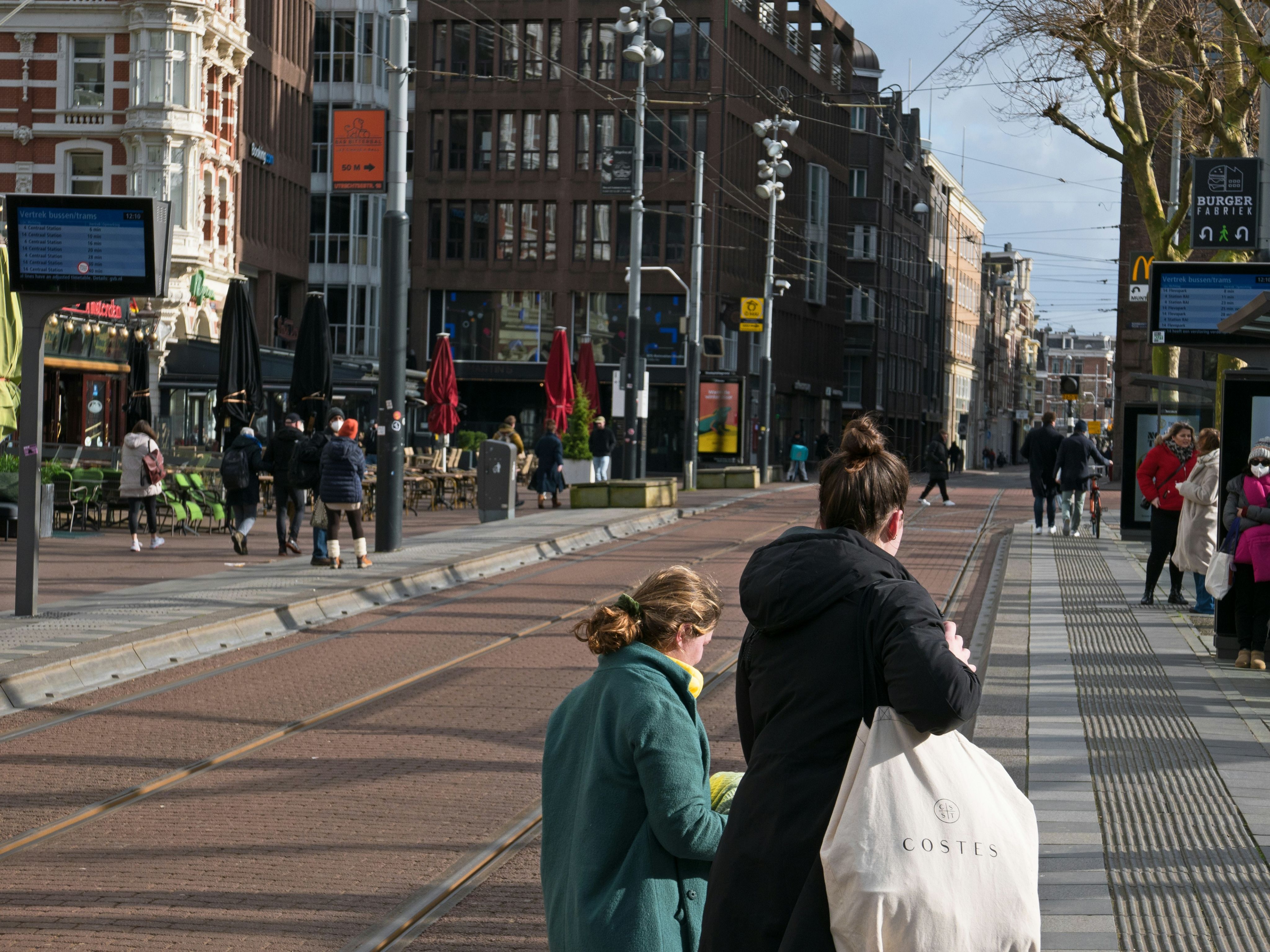

To ensure profitability and long-term success, developers and landlords must adapt to shifting market dynamics.

Key strategies include:
Emphasizing Affordability: Introducing smaller units or shared living spaces to meet demand from budget-conscious renters.
Strategic Retrofits: Upgrading older properties with energy-efficient systems and modern amenities to compete with new builds.
Leveraging PropTech: Platforms like RentPERKS offer scalable solutions to enhance revenue and streamline operations, bridging the gap between tenant expectations and landlord profitability.
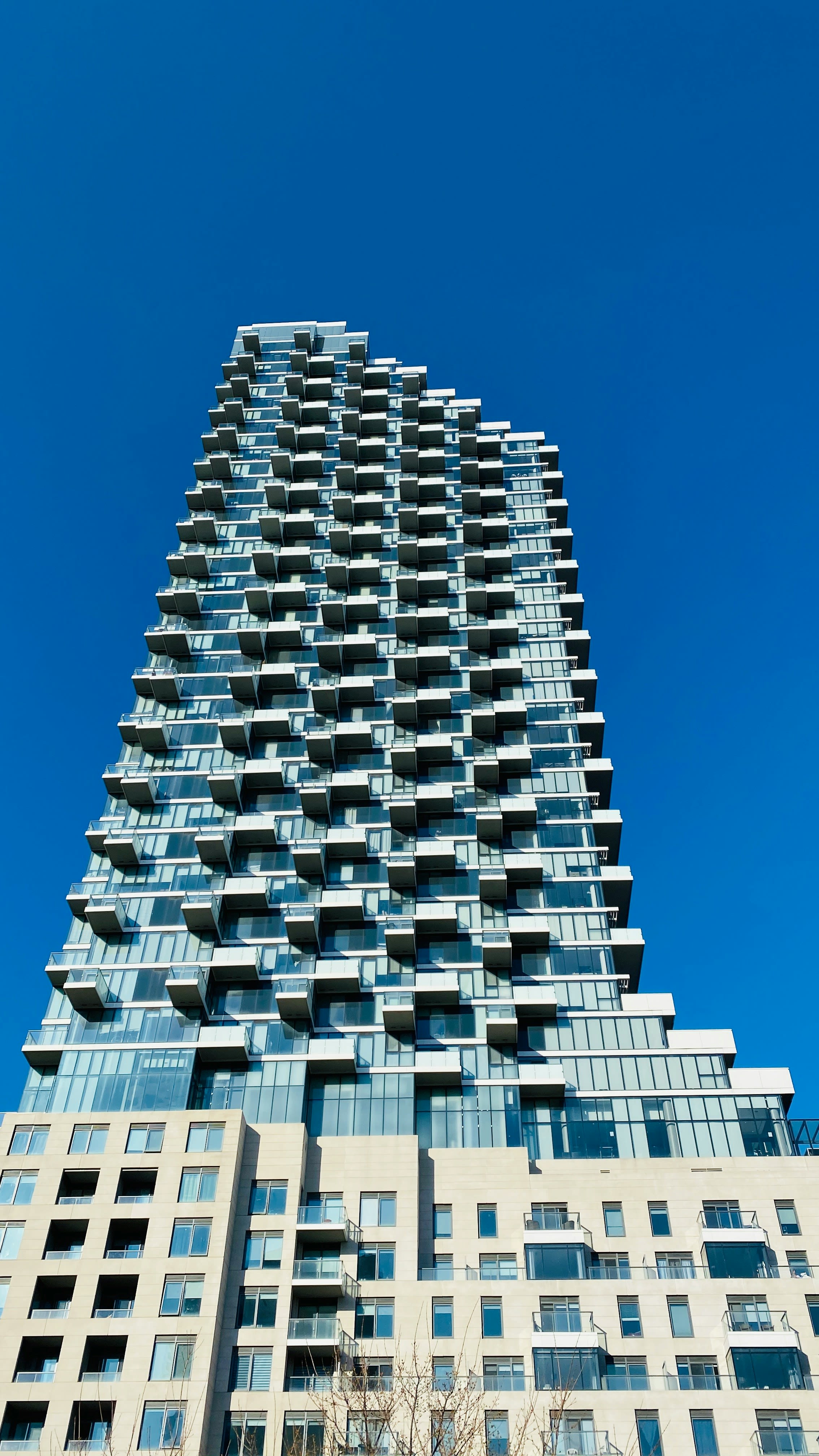
By adopting such measures, the multifamily housing sector can address the diverging impacts of vacancy rates and tenant demand, ensuring sustainable growth in a competitive landscape
Photo by Point3D Commercial Imaging Ltd. on Unsplash
Photo by Point3D Commercial Imaging Ltd. on Unsplash
Older multifamily assets continue to outperform newer buildings due to their affordability, location advantages, and operational efficiencies. However, innovative platforms like RentPERKS are demonstrating how new builds can overcome these challenges by prioritizing tenant experience, leveraging technology, and adopting dynamic pricing strategies. As the market evolves, such approaches will be pivotal in stabilizing revenue and ensuring long-term occupancy.
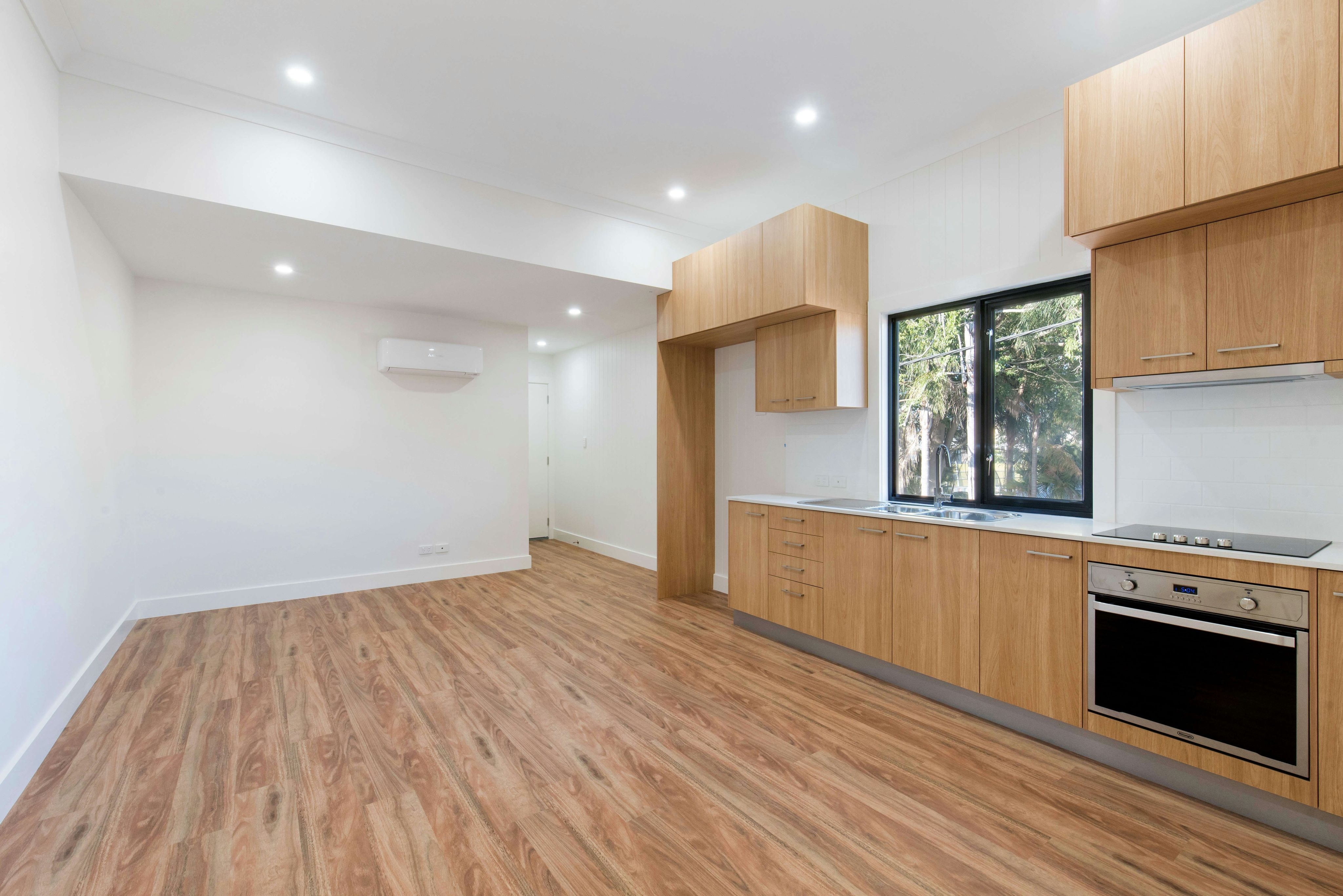
RentPERKS Technologies Inc. is a Property Management Platform-as-a-Service (PaaS) that offers an innovative approach to managing real estate assets. Leveraging geofencing, automation, and advanced AI, RentPERKS streamlines operations to optimize property management efficiency and reduce carbon footprints. Through its unique incentive-based tenancy behavioral programs, the platform encourages sustainable living by rewarding tenants for eco-friendly actions, contributing to measurable carbon reductions. RentPERKS also invests in carbon offset initiatives like mangrove ecosystems, enhancing its commitment to environmental sustainability while driving economic value for property owners.
We hope this newsletter has provided valuable insight into the innovative work happening at RentPERKS, made possible by your continued support. We look forward to advancing together as we tackle the challenges and opportunities shaping the future of property management. For more information, email us at info@rentperksplatform.com. A property management innovation powered by RentPERKS. All images courtesy of Unsplash.
Links to Other Published Articles:
The Rise of Mixed-Use Developments... [LINK]
2025 Real Estate Market Predictions: What Builders, Developers, and Property Managers Can Expect... [LINK]
Transforming Property Management Through Advanced AI Integration... [LINK]
